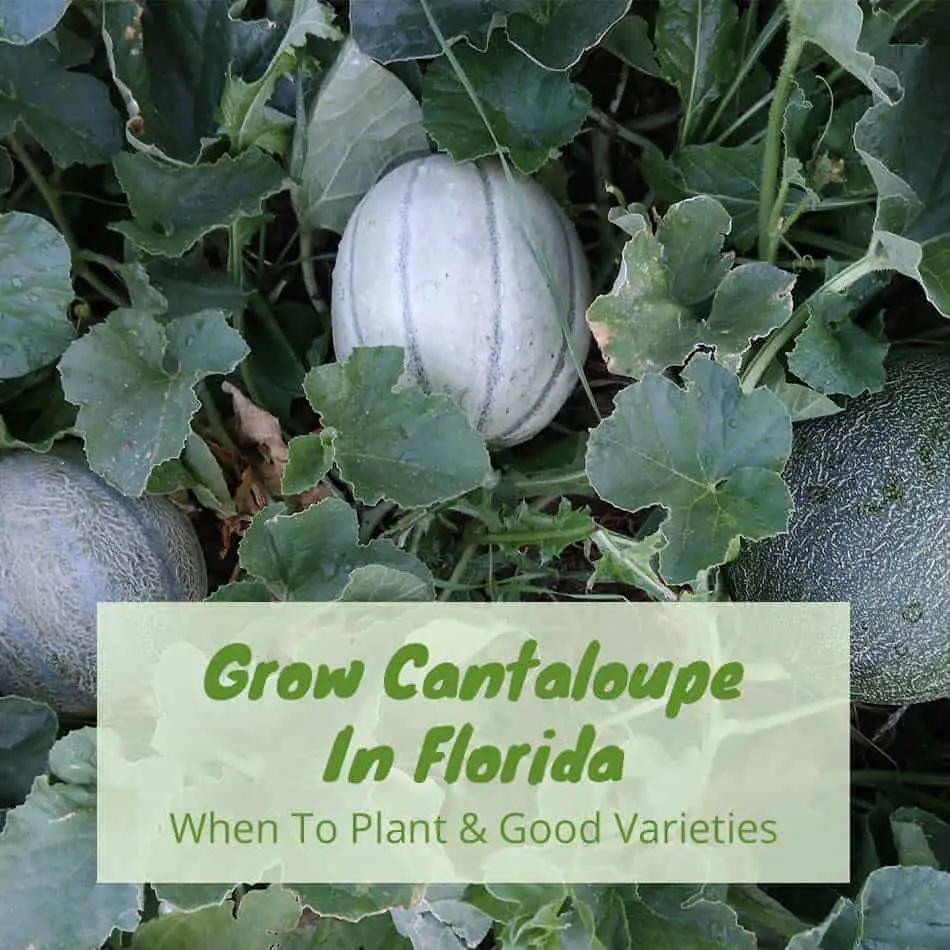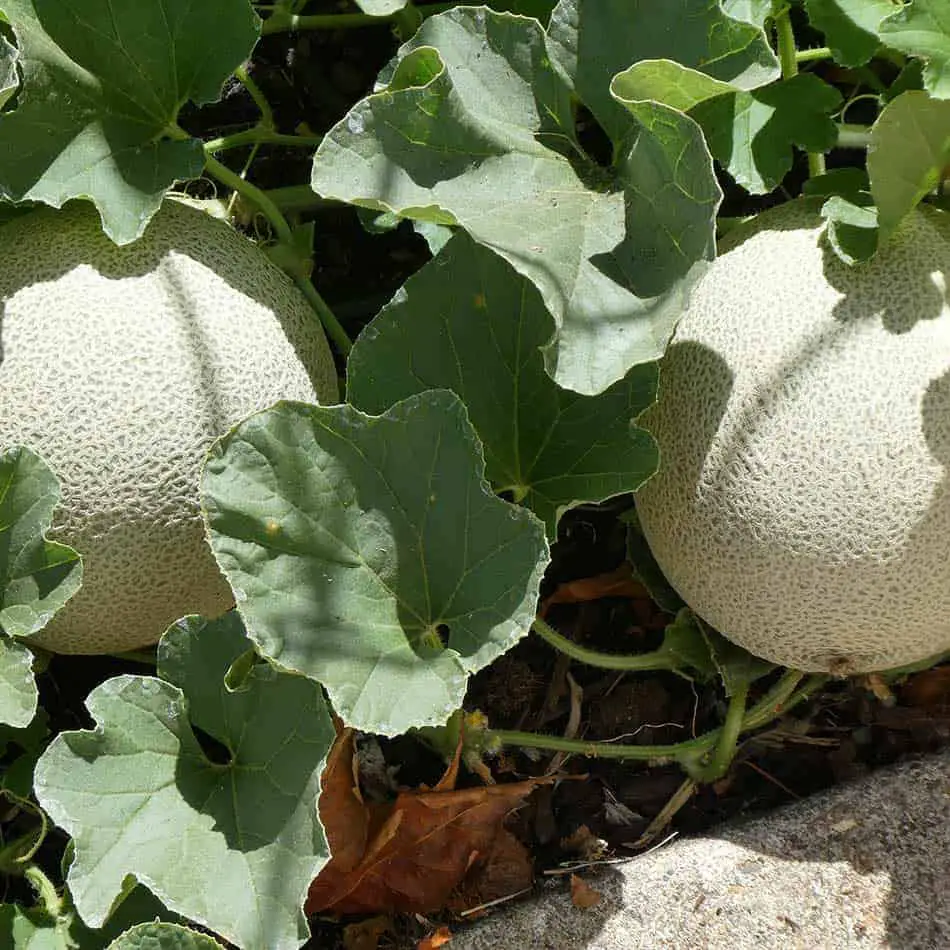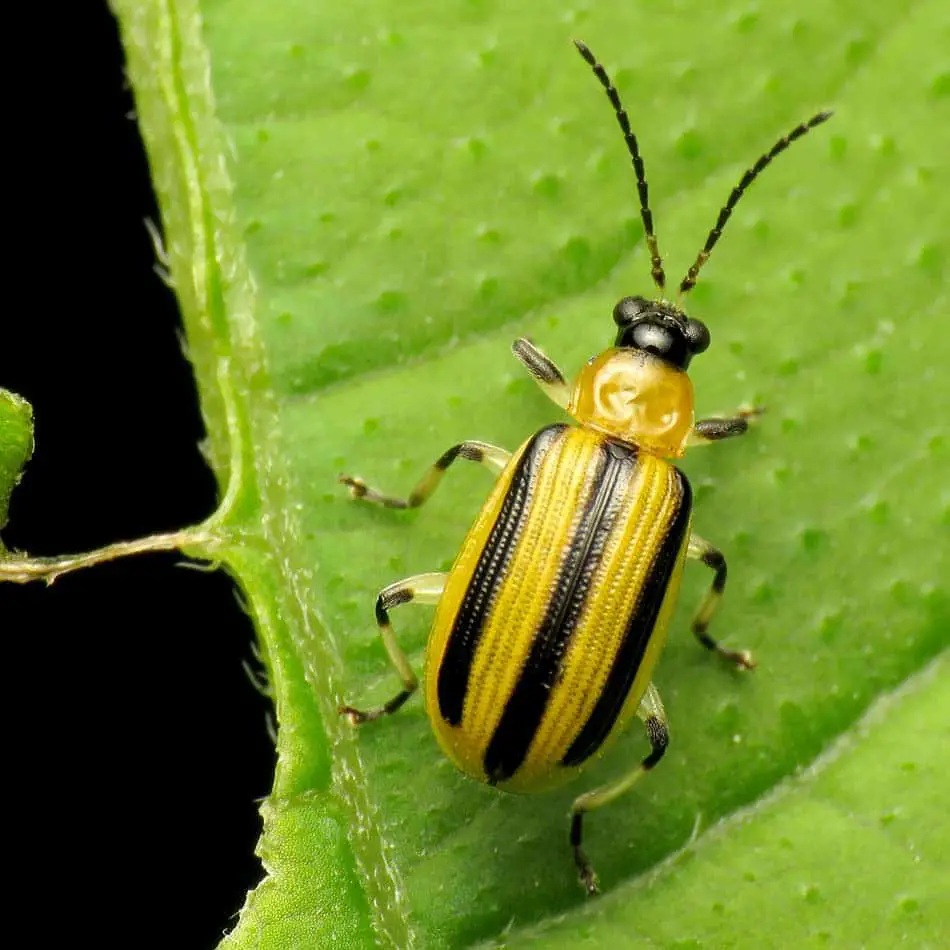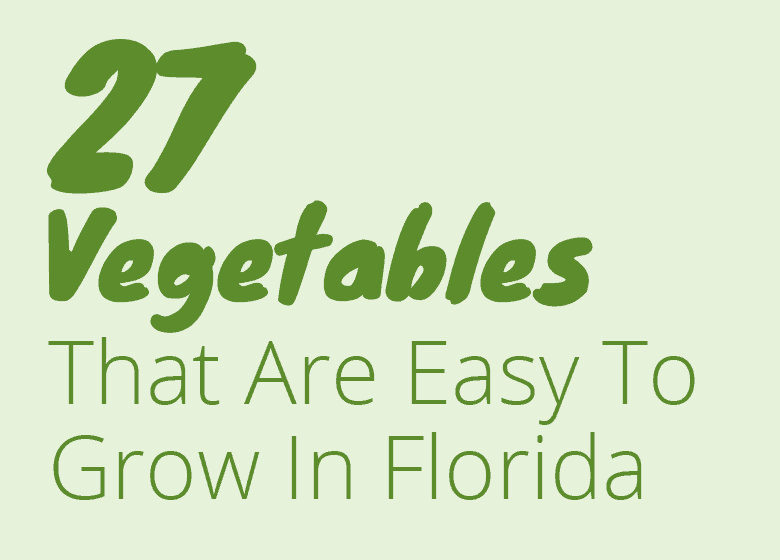
Is it difficult to grow cantaloupe in Florida?
The best time to plant cantaloupe in Florida is early to mid-February after the fear of any cold weather is gone. Pollinators are needed for fruit production and cantaloupe is susceptible to certain diseases. A really good Florida friendly variety of cantaloupe is Ambrosia.
Cantaloupes will thrive in the early summertime. But heavy rains will pose a big problem to your plant. Cantaloupes need plenty of room to spread out but if you have limited space there is still a way to grow these guys.
Florida Friendly Varieties
There are a few different varieties of cantaloupe that will grow in Florida.
- Athena
- Ambrosia
- Galia
- Honey Rock
- Minnesota Midget
Athena and Ambrosia are disease-resistant varieties. Minnesota Midget is great for small spaces. Galia isn’t technically a cantaloupe but it is a melon that looks similar in texture to cantaloupe but it’s rind is bright yellow and it has a green flesh inside.
This is by no means an all-inclusive list, there are always more varieties being discovered and this is an ever-evolving list. If you have had experience with cantaloupe varieties that have grown well for you, please leave them in the comments below so that we can add them.

When To Plant Cantaloupe In Florida
It’s best to plant cantaloupe as soon as you the fear of cold weather has left.
- North Florida: Feb – Mar
- Central Florida: Feb
- South Florida Dec- Fab
These dates are just guidelines and you need to use your best judgment. The key is to get them into the ground as soon as you can. Cantaloupe need time to develop and they need to be picked before the summer gets going. Summertime brings too much rain and too much warmth for cantaloupes.
So, plant the seeds as soon as you believe the fear of any cold weather is gone for the year. The plants usually take 75-100 days to reach full maturity.

Is Cantaloupe Easy To Grow?
Cantaloupe can be easy to grow in Florida if you choose a good variety and plant the seeds at the right time.
You can get a headstart by starting seeds in seed starter trays or little pots indoors or on your protected back patio. A screened-in patio may be enough protection to start your seeds early.
If starting transplants you can plant these seeds up to three weeks before the fear of last frost is gone.
Plant in an organic-rich soil with a thick layer of mulch. If planting right into your Florida soil, at the very least you need to add a bag of compost and plenty of mulch.
Planting in a raised bed or container has the advantage of perfect soil.
You need to plant cantaloupe in an area that gets at least 6-8 hours of sun. The more the better. This area also needs to have good airflow. An open and sunny area promotes healthy growth.
Cantaloupes can grow to be large plants. When planting, you should be mindful of the space between plants. Give each cantaloupe plant at least a 2-4 foot barrier all the way around.
Growing Cantaloupe In Containers
If cantaloupes are large plants can I grow it in a container?
In order to grow cantaloupes in containers you need to choose smaller growing varieties. Some of the smaller growing cantaloupes are Li’l Sweetie, Minnesota midget, and Tasty Bites.
These are all smaller, personal-sized cantaloupes. The fruit is smaller and the plants are a bit smaller too. However, the vines can still reach anywhere between 3-8 feet.
If growing in a container you should allow it that room and give it something to grow on.
Fertilizing Cantaloupe
A well-rounded fertilizer will do the trick for cantaloupe. I’ve used Jobes all-purpose fertilizer in my vegetable garden and have had good results.
It’s a 4-4-4, meaning it has equal parts nitrogen(N), phosphorus(P), and Potassium(K). Each nutrient does something different for your plant. Nitrogen helps promote green leafy growth. Phosphorus helps root, flower and fruit production. Potassium is a good overall health booster.
When you notice the plant beginning to flower you can choose to switch the fertilizer to something that is more focused on phosphorus with less nitrogen.
Boosting phosphorous and minimizing nitrogen helps the plant produce more blooms, which means more chance of fruit. Dr. earth has a good organic option.
Harvesting Cantaloupe
The fruits are usually ready for harvest about 75-100 days after planting your seedlings.
You will know that the fruits are ready for harvest when they easily seperate from the vine. The rind will probably also change from green to tan as the fruit ripens.
Cut back on watering the plant, if possible, before harvesting. Less water before harvesting is said to promote better tasting fruit.
Cantaloupe Pests And Problems
There are a few common problems that you will most likely run into at some point when growing cantaloupe, Especially if the weather begins to warm and we get our normal amount of rainfall.
Cantaloupe is susceptible to many foliar diseases. Things like Downey and powdery mildew as well as black spot to name a few. These are controlled by spraying your plant with something like a copper fungicide before the first sight of problems.

You may notice some worms and maybe the cucumber beetle. Beetles and other bugs may eat some of your leaves and a few fruits but the bigger problem they bring is the spread of disease. I’ve found that neem oil (Check price) is a good organic method of pest control.
However, the best all-around pest control is to have a diverse garden. Plant as many things as you can near each other. This draws in lots of good bugs which actually outnumber the bad bugs drastically. Find out what to plant in Florida to attract all those good bugs to your garden here.
How To Grow Cantaloupe In Florida
- To grow cantaloupe in Florida you need to plant your seeds as soon as the fear of the last frost is gone. This is normally around February.
- Plant varieties like Athena, Ambrosia, Galia, and Minnesota Midget.
- Plants can take anywhere from 75-100 days to reach full maturity.
- Plant in Full sun and Well-drained, organic-rich soil.
- Water regularly and fertilize with a well-balanced organic fertilizer.
- Cut back on watering before harvesting.
- Watch out for foliar disease, caterpillars and beetles.
I Think You Will Also like


